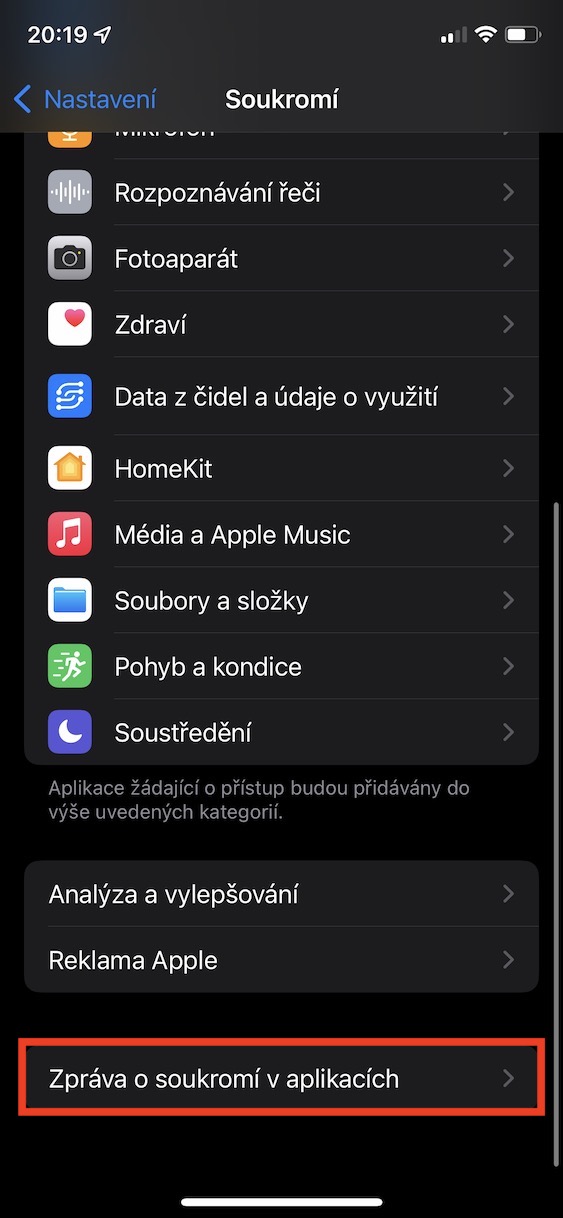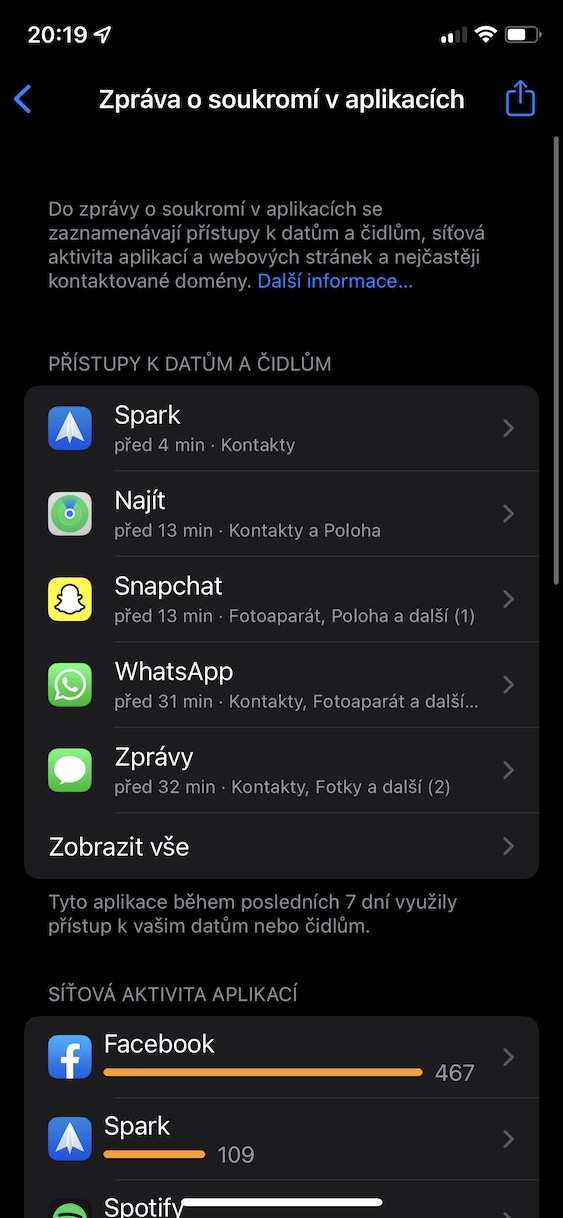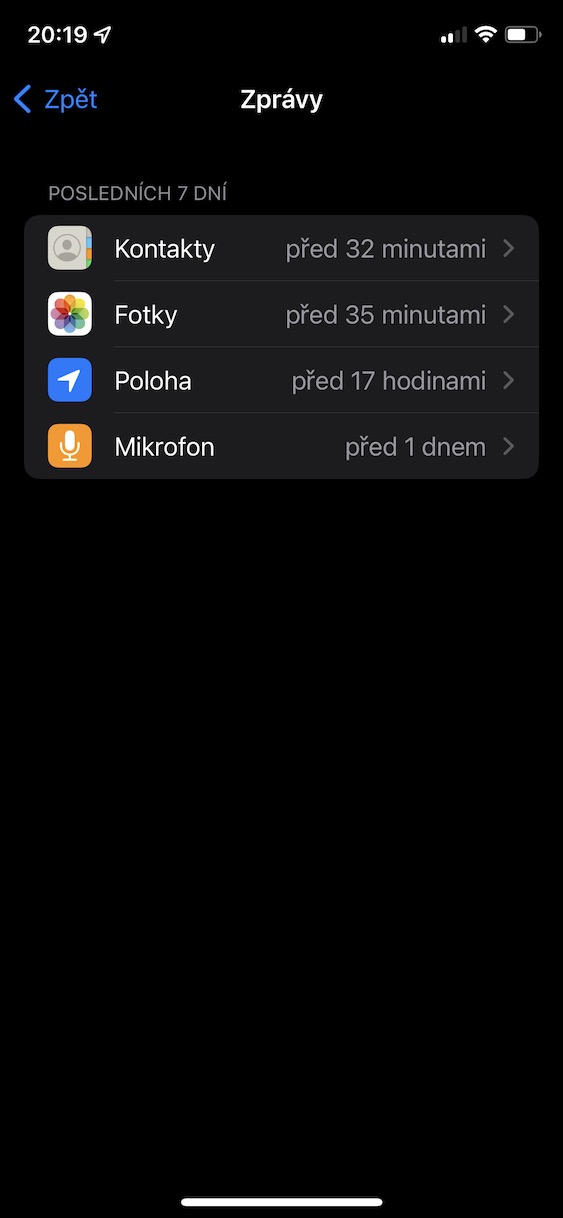Apple is one of the few technology companies that care about the privacy and security of their customers. In addition to protecting the data of its users, Apple is constantly coming up with new functions that serve to strengthen the protection of privacy and security. Just think about, for example, when you install a new application - the system will ask you every time whether you want to allow the application access to the camera, photos, contacts, calendar, etc. If you decide not to allow it, the application will simply not be able to access the selected data. However, in order to use some applications, we simply have no choice but to allow access to certain data or services.
It could be interest you

How to view app privacy message on iPhone
If you allow an application to access certain data or services, then you lose track of how it handles them. The good news is that in iOS 15.2 we saw the addition of a privacy message in apps. In this section, you can learn more about how certain applications access data, sensors, the network, etc. If you would like to view this information, it is not difficult - just follow these steps:
- First, you need to open the native app on your iPhone Settings.
- Once you've done that, scroll down a bit to find and click on the section Privacy.
- Then go all the way down, where the box is located Report about in-app privacy that you tap.
- This will take you to section where you can view all information about how apps and websites treat your privacy.
In the category Access to data and sensors there is a list of applications that somehow use data, sensors and services. After clicking on an individual application, you can see what data, sensors and services are involved, or you can deny access. In the category Application network activity then you will find a list of applications that show network activity - when you tap on a particular application, you will see which domains have been contacted directly from the application. In the next category Site network activity then the visited websites are located and after clicking on them you can see which domains they contacted. Category Most frequently contacted domains then it displays the domains that were most frequently contacted via applications or websites. Below, you can delete the complete app privacy message, then tap the share icon in the top right to share the data.





